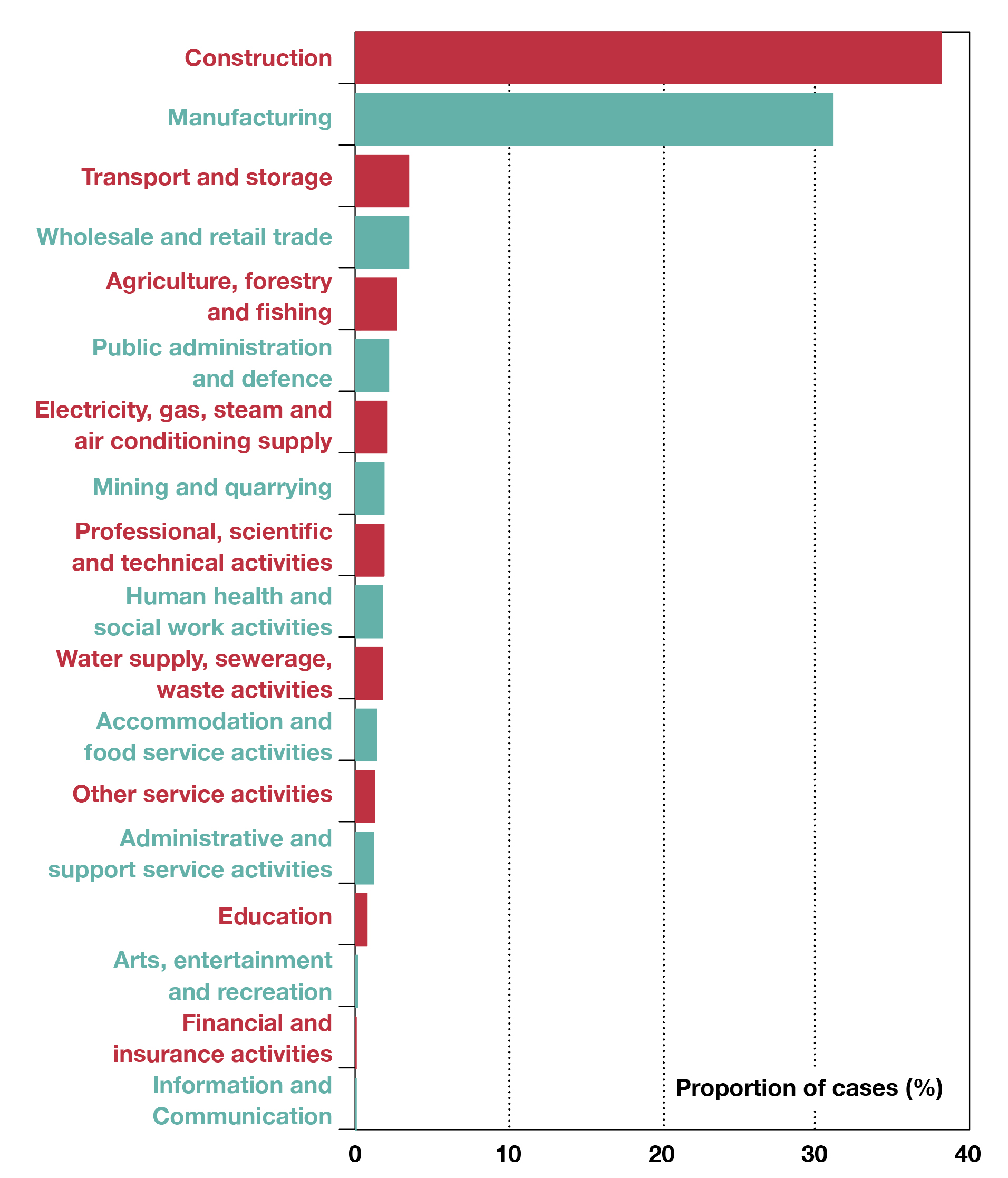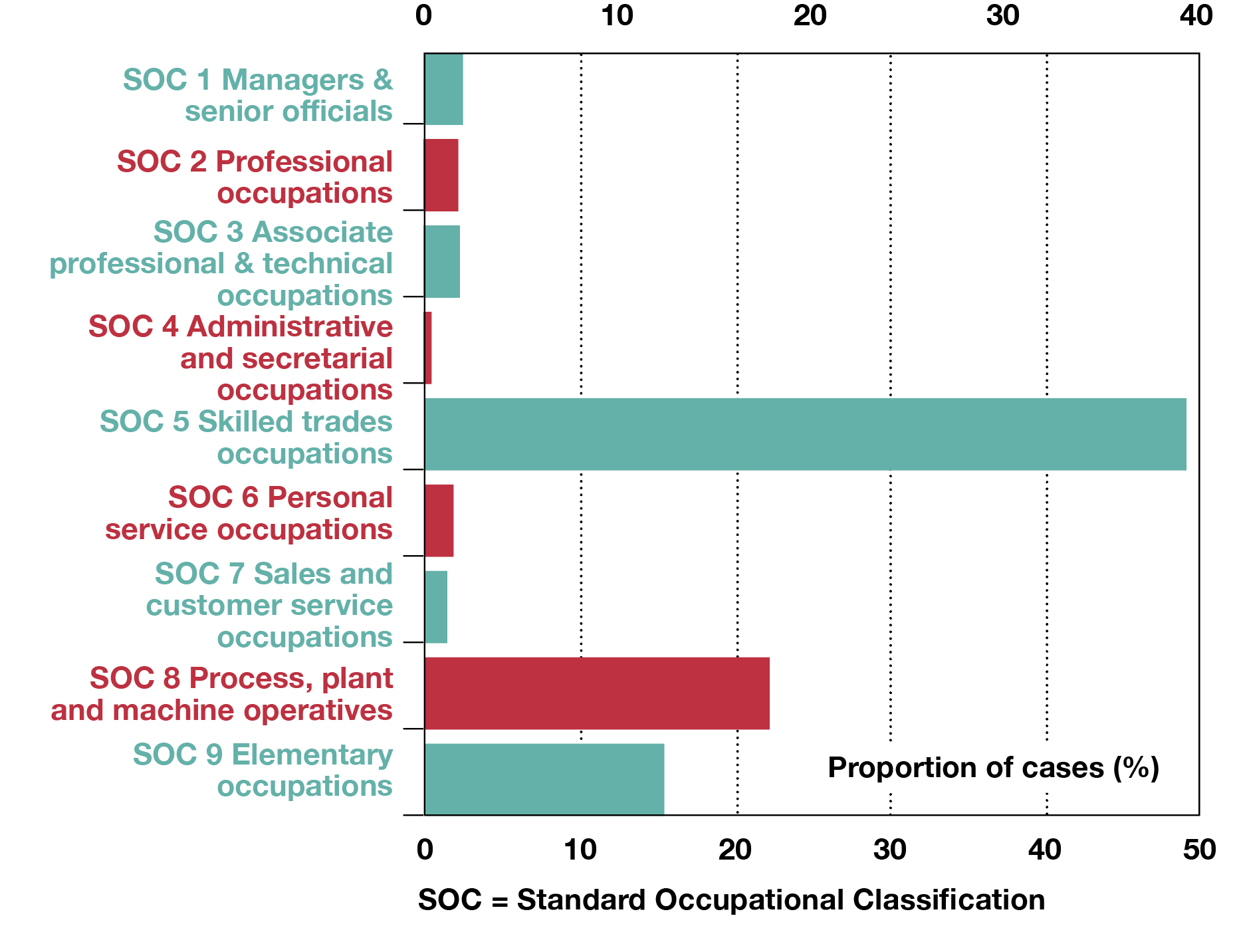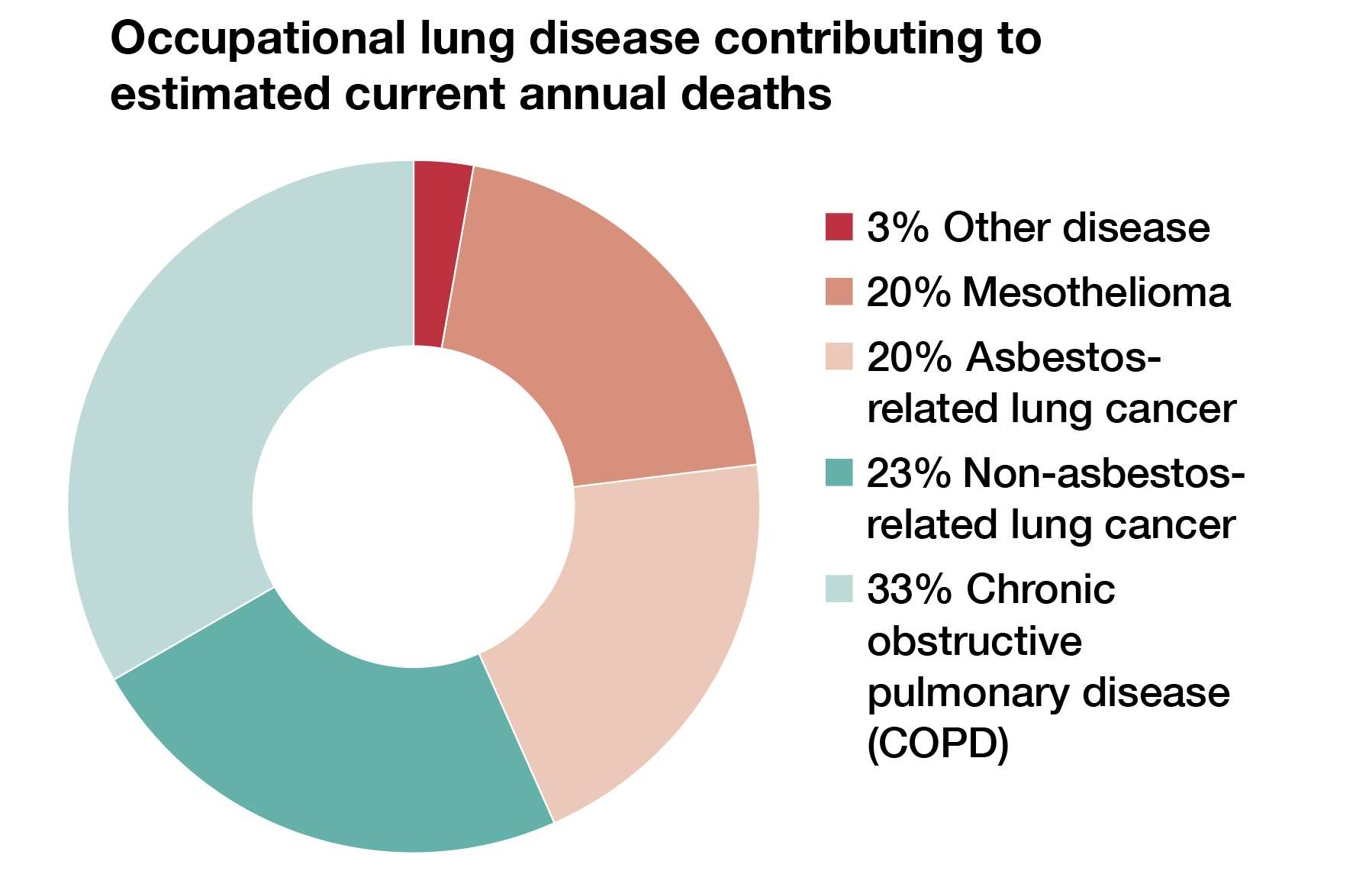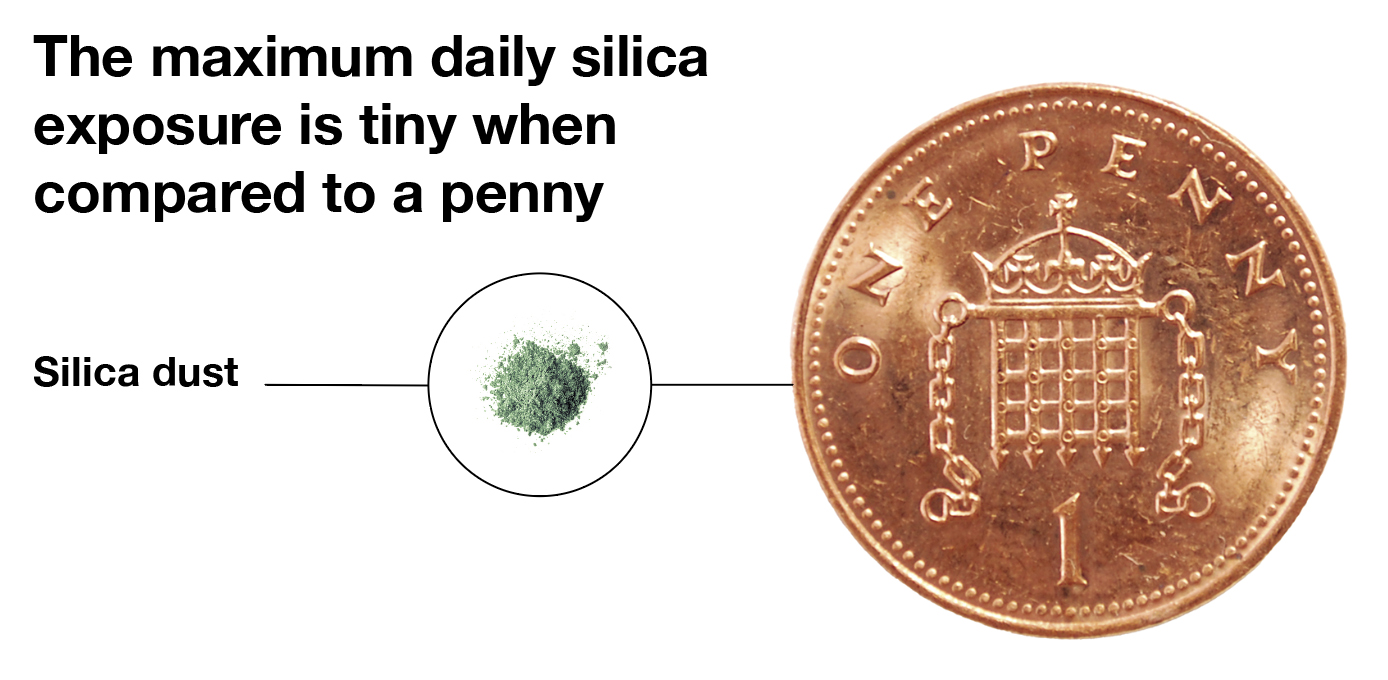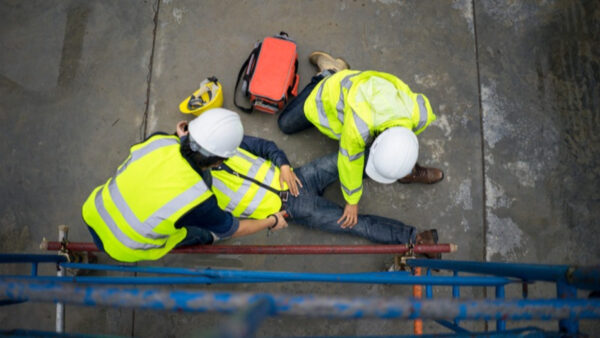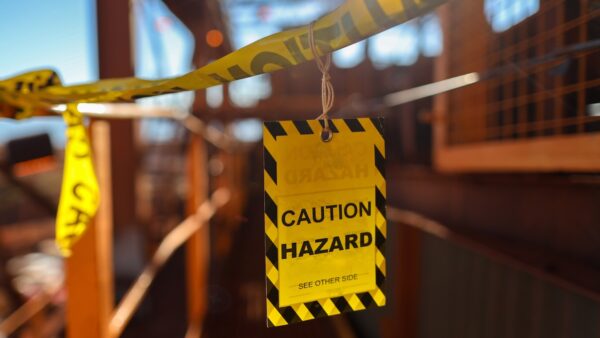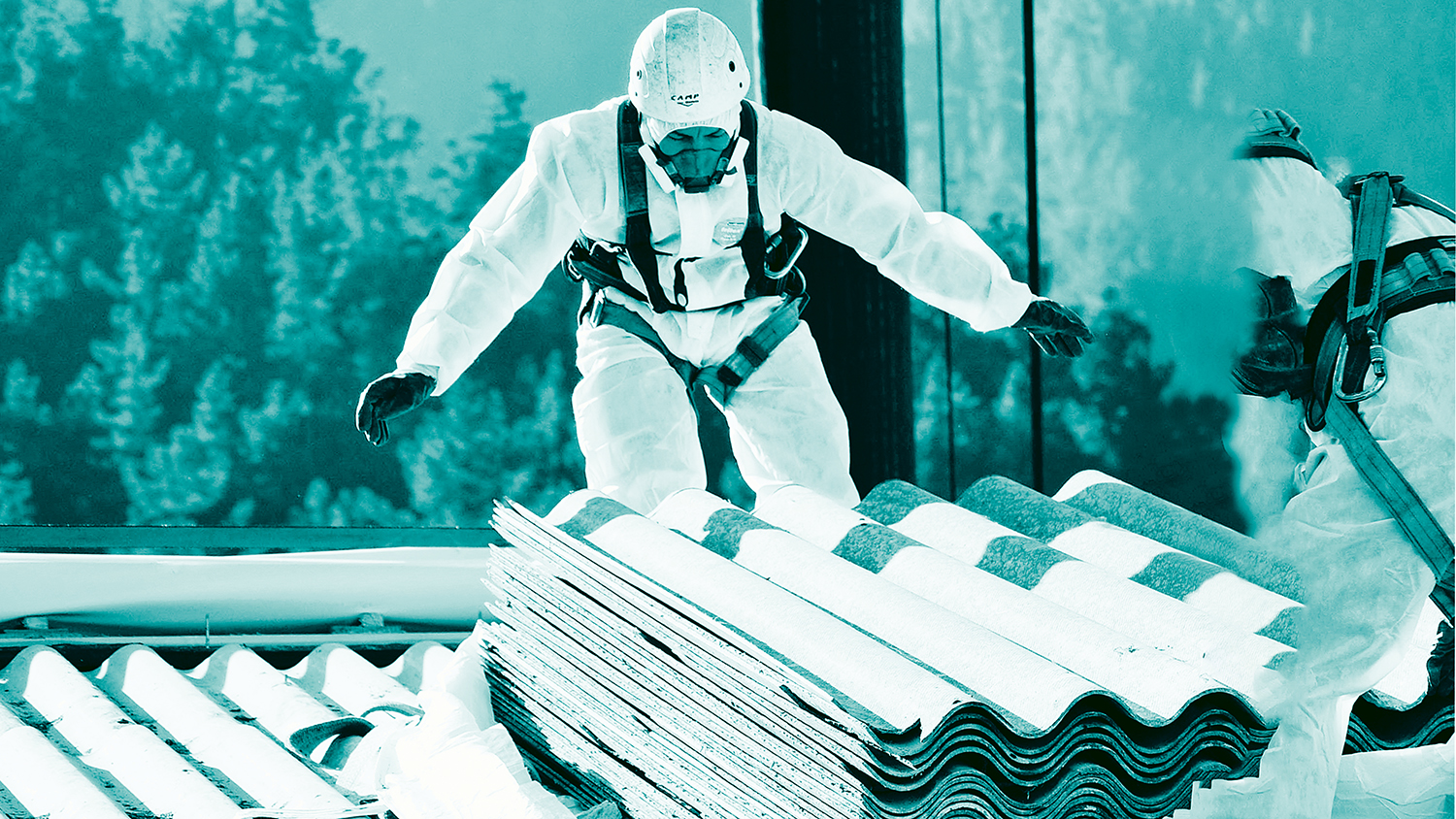
Each year thousands of construction workers suffer from irreversible lung diseases as a result of working on site.
In early summer this year the HSE launched its Dust Kills campaign, aimed at preventing life-threatening diseases caused by dust at work.
At the heart of the campaign was a series of visits by HSE inspectors to construction sites across Great Britain, aimed at raising awareness of the respiratory risks of exposure to dust and highlighting the control measures required to prevent such exposure.
Over the past months, inspectors have been checking the control measures in place to protect workers from inhaling construction dusts including silica – respirable crystalline silica (RCS) – and wood dust. They have also been checking if asbestos-containing materials have been identified and removed or managed where necessary to prevent or reduce exposure.
Each year in the construction industry there are thousands of preventable cases of irreversible lung disease due to past exposure to dust at work. These diseases often have a life-changing impact and can result in an early death.
Even simple tasks, such as sweeping up indoors without providing suitable face-fit tested respiratory protective equipment (RPE) or damping down to control the dust generated, can cause serious harm to workers.
Allergic reaction
Occupational asthma, for example, is an allergic reaction some people experience when they are exposed to substances in the workplace such as wood dust. And silicosis, which is an irreversible lung disease that can take years to develop, can enter the bodies of workers who come into contact with high levels of silica dust during certain tasks. These include using high-speed cutting tools for cutting, blasting, drilling and grinding.
Woodworking sectors have been a particular HSE target. Workers in these areas are at potentially higher risk than those in other sectors as they are often exposed to inadequately controlled wood dust in the workplace. This can lead to serious illnesses such as sino-nasal cancer, occupational asthma and dermatitis.
In 2022/23, HSE carried out more than 1,000 woodworking inspections and found 78% of businesses were faling to protect workers from respiratory sensitisers (primarily dust from hardwoods, softwoods and composite materials such as MDF).
This resulted in 402 enforcement actions taken by HSE, highlighting particular areas of concern around provision and use of suitable respiratory protective equipment (RPE) and local exhaust ventilation (LEV), as well as the administration of health surveillance.
Deaths from lung diseases
HSE’s head of manufacturing, David Butter, says: “Around 12,000 workers died last year from lung diseases linked to past exposure from work and there are an estimated 19,000 new cases of breathing and lung problems each year, where individuals regarded their condition as being caused or made worse by work.
“Wood dust can cause serious health problems. It can cause asthma, which carpenters and joiners are four times more likely to get compared with other UK workers, as well as sino-nasal cancer.”
HSE chief inspector of construction Michael Thomas, added: “Every year we see construction workers die from diseases caused or made worse by their work. This is unacceptable in the 21st century, when occupational lung disease is preventable.”
Over 500 construction workers are believed to die from exposure to silica dust alone every year. The amounts needed to cause this damage are tiny. The largest amount of silica someone should be breathing in a day after using the right controls can be seen below.
Respiratory lung diseases by sector
The HSE’s construction statistics for 2022 reference the Health and Occupation Research (THOR) network, based at Manchester University, which monitors the incidence of work-related ill health in the UK and Ireland.
THOR is the only UK-wide surveillance system collecting medically diagnosed case reports of work-related ill health, with more than 100,000 reports collected since 1989. Among other data, it compares the incidence of respiratory lung diseases across different sectors. Graphs are taken from the THOR network report.
